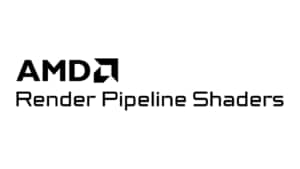
AMD FidelityFX™ SDK
The AMD FidelityFX SDK is our easy-to-integrate solution for developers looking to include FidelityFX features into their games.



The AMD FidelityFX SDK is our easy-to-integrate solution for developers looking to include FidelityFX features into their games.

Compressonator v4.4 adds AVX-512, AVX2, and SSE4 variations of BC1 encoding in the Compressonator Core library, new CLI options, and more.

The latest release of the Render Pipeline Shaders (RPS) SDK adds Linux support, the ability to dynamically load Vulkan functions, and more. Check out this post for the full release notes.

This tutorial guides the reader through extended RPS API usage for data interoperation of the host app and the RPS runtime.

In this tutorial part, we will answer key questions regarding RPSL, and we’ll develop a deeper understanding of the RPS render graph.

This tutorial demonstrates key RPS SDK API usage, provides an informal introduction to RPSL, and explains how the RPS Render Graph is built.

This tutorial guides the reader through basic RPS API usage by transforming an existing hello triangle example into an RPS one.

This tutorial guides the reader through how to record graph commands from multiple threads, and how to record API commands from within a callback in a multithreaded way.

Compressonator v4.3 is out now! v4.3 features Brotli-G lossless compression, multi-texture mipmap generation, and much more.

In this video Zhuo Chen takes a look at the overview of the design and implementation of the AMD Render Pipeline Shaders SDK!

The Render Pipeline Shaders (RPS) SDK provides a framework for graphics engines to use Render Graphs with explicit APIs.

Render Pipeline Shaders (RPS) SDK is now available for open beta access!